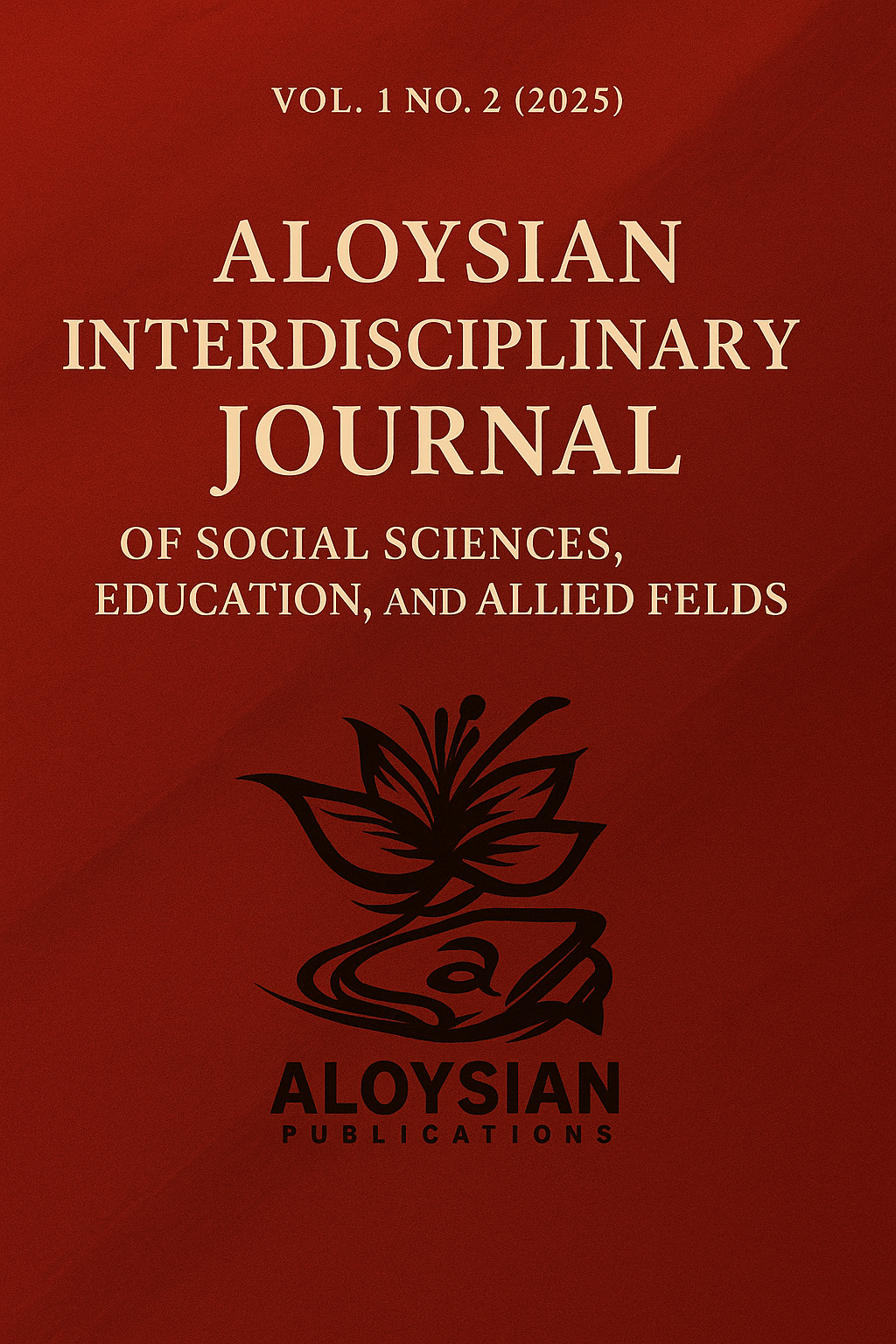Readiness of Secondary School Teachers in Teaching and Learning Mathematics from The Perspective of TPACK: Basis for In-Service Training Program
DOI:
https://doi.org/10.5281/zenodo.15514863Keywords:
mathematics education, readiness level, secondary schoolsAbstract
This study examined the demographic, professional, and school factors influencing teachers' readiness to teach mathematics through the lens of the Technological Pedagogical Content Knowledge (TPACK) framework. The study used simple random sampling to gather 76 secondary school mathematics teachers in Binangonan, Rizal. The Kruskal Wallis H-test was used to compare three or more independent groups and their TPACK level of readiness to determine if there are statistically significant differences between them in teaching and learning mathematics. The findings revealed that respondents were represented by a diverse demographic, with most possessing considerable teaching experience and strong agreement in readiness to use technology in teaching mathematics. The distribution of respondents across school sizes and socioeconomic levels highlighted a focus on larger schools, indicating that these schools were knowledgeable and capacitated in implementing technology-related approaches in teaching and learning.
The analysis of readiness in mathematics instruction demonstrated likely ready as overall readiness in Technological Knowledge (TK), Content Knowledge (CK), and Pedagogical Knowledge (PK), with teachers excelling in areas such as lesson planning, teaching basic concepts, and varied pedagogical approaches toward technology integration. However, low readiness was identified in managing technical issues, leveraging advanced technological tools like flash animations, developing online learning activities, and identifying students' mathematical misconceptions. These areas were emphasized when developing in-service training programs for mathematics teachers.
Significant differences in readiness were observed based on factors such as School Clusters, Length of Service, and Socioeconomic Level of the School. Mid-career educators and teachers from larger schools exhibited higher readiness levels, while challenges were identified in smaller clusters and schools. Conversely, variables such as gender, age group, and teaching designation showed no significance on readiness.The conclusions from this study provide the need to support and capacitate teachers in specific areas based on the findings, where they will be trained to increase their readiness level in using technology in teaching and learning, especially for those in underrepresented school clusters. Enhanced in-service training efforts can address these gaps, ensuring equitable and effective mathematics instruction across diverse educational contexts.






 Aloysian Publications
Aloysian Publications